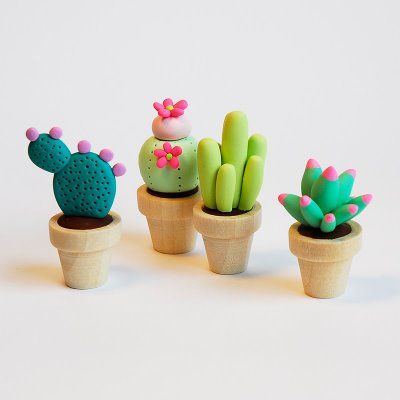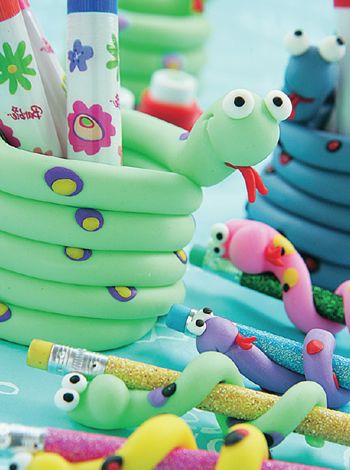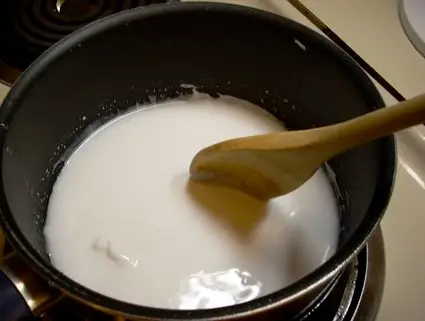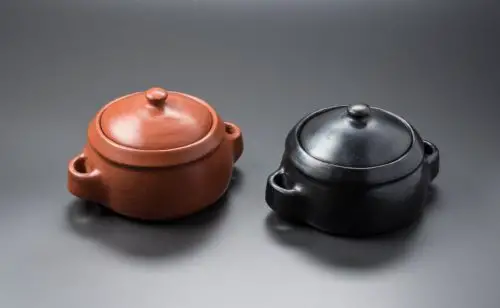Do you want to make crafts easily and quickly? With cold porcelain, you can make any kind of craft.
It is a very easy material to use and, moreover, very easy to make.
Table of Contents
What is cold porcelain?
Cold porcelain is a modeling clay used to make handicrafts. It’s commonly made from cornstarch and white glue, sometimes with a little oil and glycerin, a type of alcohol.
It is very similar in texture to porcelain and is sometimes confused with polymer clay. But there is a big difference to polymer clay because cold porcelain does not have to be fired in a kiln like polymer clay.
Cold porcelain is a flexible material easy to model and can be used by everyone from children to adults. Also, it can be edited with hands or with other tools if you want to add small details.

History of Cold Porcelain
The beginnings of cold porcelain are in China at the beginning of the 3rd century AD. However, it should not be confused with Chinese porcelain, because the latter is a very complex mass and also requires a firing process that is divided into two kilns.
Cold-paste porcelain was originally made from a rock composed primarily of minerals such as potassium, sodium and calcium and pure white clay.
Over the years, around the 16th century to be precise, this porcelain made its way to Japan, and it was from there that the entire development and dissemination of this material throughout the world began.
After crossing Europe, it became very popular in America, especially in two countries: Argentina and Brazil, where annually large meetings, exhibitions and prizes are organized around this material.
From these two countries, the techniques were extended to countries such as Chile, Peru, Bolivia and Colombia. It should be noted that cold porcelain has a different name in each country and is known as porcelanicrón in Colombia, for example.
Advantages of Cold Porcelain
- It’s perfect for kids because it’s soft and easy to use.
- It doesn’t get dirty easily and there are no fingerprints on the cold porcelain.
- Colors can be easily mixed with cold porcelain.
- It dries in the ambient air. You don’t need a kiln.
Things to consider
- If it comes in contact with water in any form or if there is high heat in the area, it tends to melt.
- The lack of consistency makes the pieces very fragile.
- Due to its nature and components, the cold porcelain can stick to your worktable before it dries.
- Drying can take a long time depending on the conditions.
What can we use cold porcelain for?
Cold-paste porcelain can be used to make all sorts of crafts, but pots and pans made from this material are rare to find. Most of the pieces are table or desk decorations, key rings, memorabilia, and also a bit of costume jewelry.

How to make cold porcelain at home?
Making cold porcelain with your own hands is not complicated. The materials you will need to make your own cold porcelain at home are:
Materials
- Pot or pan
- 1 cup white glue
- 2 tablespoons baby oil
- 2 tablespoons lemon juice or vinegar
- 1 cup cornstarch
- Wooden spoon for mixing
- Plastic or glass containers
- Hand cream
- Zip pocket
Step by step
- the cup of white glue to the cold pan along with the 2 tablespoons of baby oil and the 2 tablespoons of lemon or vinegar, whichever you prefer.
- After stirring these 3 materials for a while, you can add the cup of cornstarch.
- Whisk together the gluten, oil, lemon, and cornstarch until the consistency is half-runny and half-solid.
- When the dough has this consistency, it can be heated. Note that the flame should be as low as possible.
- While the pan is on the stove, be sure to stir the batter constantly.
- After a few minutes of stirring, the dough will have a sticky consistency. It can be removed from the pan once the whole ball of dough is completely stuck to the mixer.
- Impregnate the glass bowl with a little hand cream so that the dough does not stick to the glass.
- Since the bowl has a bottom, you can put the dough in it for a few minutes to let it cool.
- When you feel that the dough is cold, start kneading it very well. To determine if the dough has reached the kneading point, try dividing the ball in half.
- Once you know the dough is ready, you need to put it in an airtight bag and remove as much oxygen as possible, preferably vacuum . Otherwise, the mass will dry out.
- Leave the cooled mass in the bag in the fridge overnight so that you can use it for crafting the next day.

How to store and preserve cold porcelain
The best way to preserve cold porcelain is to keep it out of the air. Vacuum packaging is the best way here. This way you can keep the dough in perfect condition for up to a year.
Recommendations for ready-to-use cold porcelain
If you don’t want to make your cold porcelain yourself, there are several brands on the market that offer you this dough so you can model it to your liking.
The 3 main brands that exist for cold porcelain are
- WePAM
- Polycol
- Nicron


